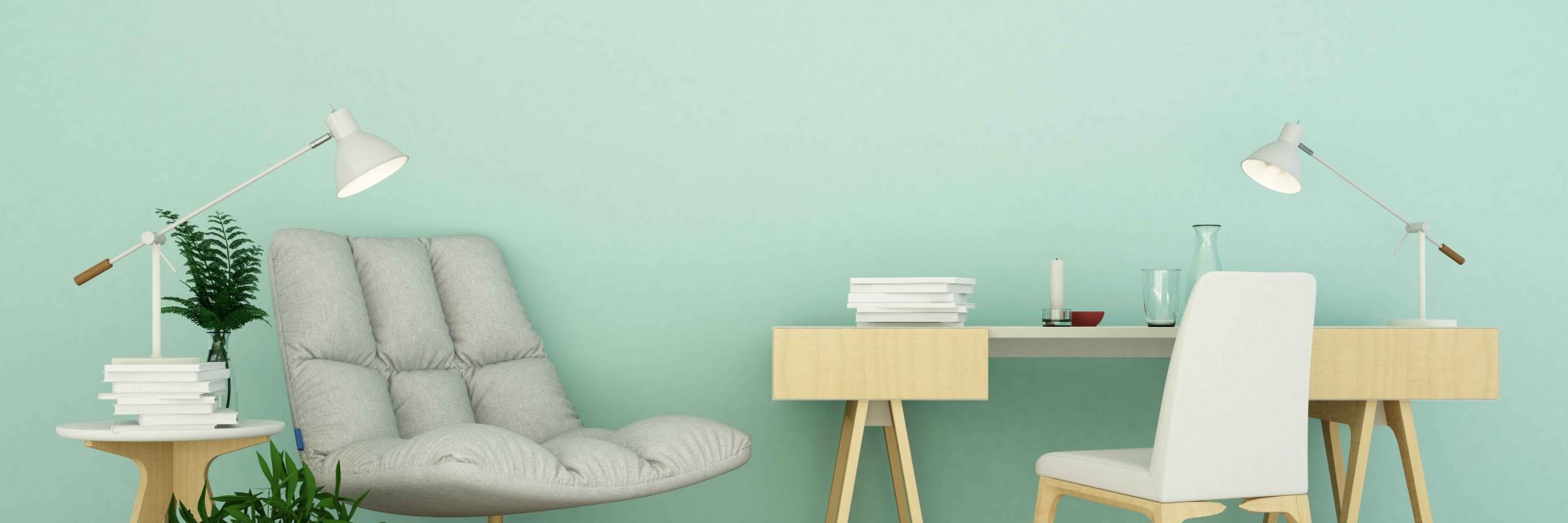Discover How Seasonal Influences Can Impact The Efficiency Of Business External Paint And Figure Out One Of The Most Desirable Times To Guarantee Durable Results For Your Project
Discover How Seasonal Influences Can Impact The Efficiency Of Business External Paint And Figure Out One Of The Most Desirable Times To Guarantee Durable Results For Your Project
Blog Article
Created By- Get the facts
When you're intending a business exterior painting job, seasonal aspects can make or damage your outcomes. You'll wish to take into consideration how temperature and moisture impact paint application and drying out times. Choosing the ideal period can guarantee your paint adheres effectively and lasts much longer. But which periods are genuinely the very best for this sort of work? Let's explore the crucial elements that can affect your task's success.
The Effect of Temperature Level on Paint Application
When you're preparing an industrial exterior paint task, the temperature level can substantially influence how well the paint sticks and dries out.
Preferably, you want to paint when temperatures vary between 50 ° F and 85 ° F. If it's as well chilly, the paint might not cure correctly, bring about problems like peeling off or breaking.
On the other side, if it's also hot, the paint can dry as well swiftly, stopping proper adhesion and resulting in an uneven coating.
You ought to likewise think about the moment of day; early morning or late afternoon supplies cooler temperature levels, which can be much more desirable.
Always inspect exterior painting minneapolis for the specific paint you're utilizing, as they commonly give assistance on the perfect temperature level range for optimum results.
Humidity and Its Result on Drying Times
Temperature isn't the only ecological factor that affects your business external paint project; humidity plays a substantial role too. High humidity levels can reduce drying times dramatically, impacting the overall high quality of your paint job.
When the air is filled with dampness, the paint takes longer to treat, which can bring about problems like poor adhesion and a higher risk of mildew development. If you're repainting on a particularly moist day, be gotten ready for extensive delay times in between coats.
It's crucial to keep track of local climate condition and plan accordingly. Ideally, aim for humidity levels in between 40% and 70% for ideal drying.
Maintaining these consider mind ensures your task stays on track and supplies a lasting finish.
Best Seasons for Commercial Outside Painting Projects
What's the best time of year for your business outside paint tasks?
Springtime and early autumn are typically your best choices. During these seasons, temperature levels are mild, and humidity levels are usually lower, producing excellent conditions for paint application and drying.
Avoid summertime's intense heat, which can trigger paint to dry too quickly, causing poor bond and finish. In a similar way, winter months's chilly temperatures can hinder correct drying and curing, risking the long life of your paint task.
Aim for days with temperatures in between 50 ° F and 85 ° F for optimum results. Remember to inspect the regional weather forecast for rain, as damp conditions can spoil your project.
Planning around these factors ensures your painting job runs smoothly and lasts much longer.
Final thought
To conclude, intending your industrial external painting tasks around seasonal factors to consider can make a considerable distinction in the result. By scheduling work during the optimal temperature levels and humidity levels, you'll ensure much better bond and drying times. Bear in mind to watch on local weather prediction and select the correct time of year-- springtime and early fall are your best bets. Taking these actions will certainly help you achieve a long lasting and specialist surface that lasts.
